What is Buoyancy?
Buoyancy, from a scientific point of view, is a force. When a body is submerged in a fluid, the fluid exerts an upward buoyant force which makes objects float.
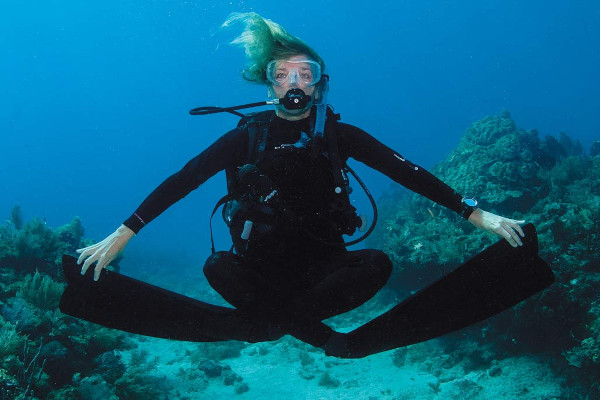
It is important to remember that there is another force that we must consider since it is the opposite of buoyancy:
The force of gravity.
Therefore, if the upward thrust force is greater than the force of gravity represented in the weight of the object, it will float and if it is less, it will sink.
This buoyant force is represented by Archimedes’ principle:
Video – What is the Archimedes’s Principle
What is neutral buoyancy?
Neutral buoyancy is what happens when the upward buoyant force and the downward buoyant force (gravity) acting on a body are equal and therefore it neither floats nor sinks.
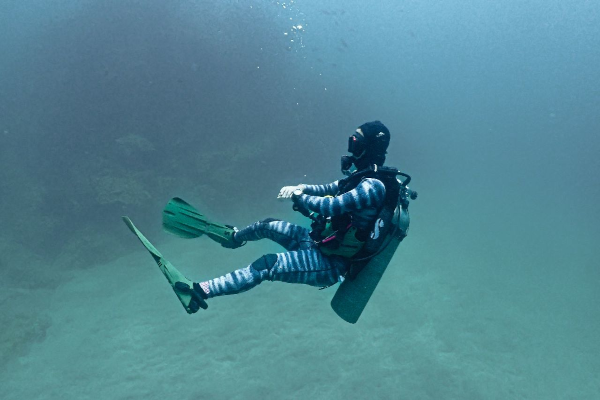
Why is neutral buoyancy so important in diving?
Mastering neutral buoyancy allows divers to remain at a constant depth for as long as desired.
This is important so that the dive develops properly according to what the diver has planned for both safety AND enjoyment reasons.
Neutral buoyancy in diving
As we said before, the neutral buoyancy of an object is achieved when it neither sinks nor floats.
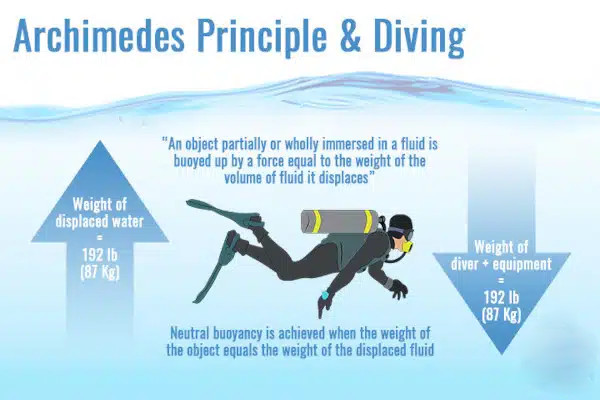
That is, it remains at a constant depth. This is what we will achieve when we are practicing diving.
Logically, we do not want to descend uncontrollably to the bottom of the sea, but we do not want to remain floating on the surface either.
We want to reach a suitable depth and remain there for the planned time until we decide it is time to make a change in depth.
However, this is easier said than done and sometimes becomes a real challenge for less experienced divers.
There are different factors that affect buoyancy such as the equipment and the salinity of the water, but with a little practice, most people manage to master neutral buoyancy.
What is the relationship between space travel and diving?
One of the most attractive features of space travel is undoubtedly the weightlessness that some astronauts achieve during their missions.
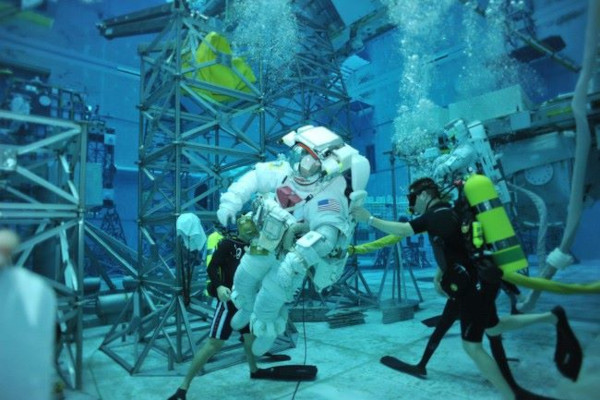
That’s why scuba is often used in training for space missions because of neutral buoyancy, which is as close to microgravity as you can get.
That’s why I often tell my students and people who have never dived that the feeling of neutral buoyancy is the closest thing to space travel or being on the moon. Or at least that’s how I imagine it after watching some astronaut movies!
Neutral buoyancy in diving is essential
Neutral buoyancy in diving is very important for several reasons:
Safety
If a diver fails to control his buoyancy, he could end up at great depths, surface involuntarily and, at a bad time, collide with objects.
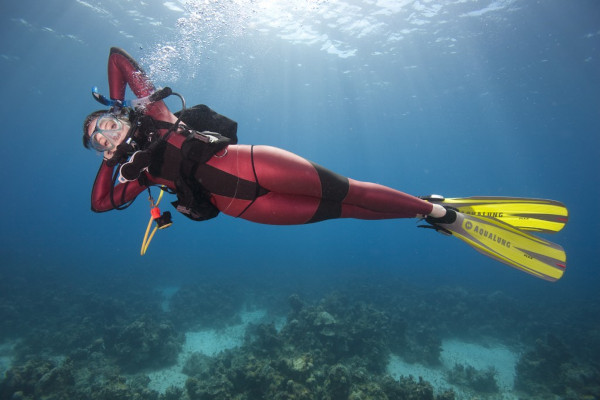
Performance
Maintaining proper buoyancy helps divers swim hydrodynamically. That is, creating little friction and with less effort. On the other hand, ascending and descending constantly requires a greater expenditure of air, which is why it is not only unsafe, but dives become shorter.
Allows a better appreciation of the environment
Achieving neutral buoyancy allows the diver to appreciate the environment from a static position. In this way the animals will not be alarmed and it will be easier to interact with them.
Diving with ecological awareness
By maintaining neutral buoyancy, the diver does not make contact with the substrate or seabed, which keeps the organisms that live there, such as sponges and corals, safe.
Perform tasks: Accomplishing an underwater mission can become very difficult without proper buoyancy control. Whether it’s a complicated rescue job or simply cleaning a coral, it will be easier if the diver can get into the right position and stay there.
How to maintain neutral buoyancy?
Mastering neutral buoyancy is one of the most important skills for any diver.
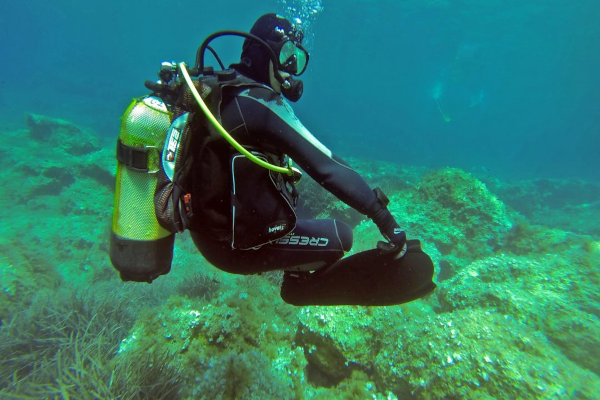
That is why from the beginning of your career as a diver, in the open water diver course, your instructor will emphasize the necessary actions to achieve it.
There are different factors to consider when looking for neutral buoyancy:
- The buoyancy of the human body: Although most human bodies float, some float more than others.
- The equipment being used: Some pieces of equipment float while others sink.
- Quantity of ballast.
- The adjustments that are made to the BCD.
- The frequency and intensity of breathing.
- The salinity of the water.
To make things easier, the instructors through the Open Water Diver course teach us to analyze all factors so that when entering the water, the adjustments that the students make to their buoyancy are minor.
Once the theory is understood it is important to practice. Practice makes a master. Something very positive about learning to dive is that it does not require as much effort as in other sports to prosper.
With only 9 dives it is possible to be considered an advanced diver with very good buoyancy control. With 60 dives you could already be a professional diver with almost perfect buoyancy.
This, unlike other sports such as surfing, in which practicing it only 60 times does not guarantee enough progress to be considered advanced.
There are different exercises that are practiced during the PADI Open Water Diver course, the Advanced Open Water Diver course and the Maximum Buoyancy specialty that in a short time will make you experience a true feeling of weightlessness and almost perfect control of your buoyancy
PADI Peak Performance Buoyancy during your Advanced Open Water Diver Course
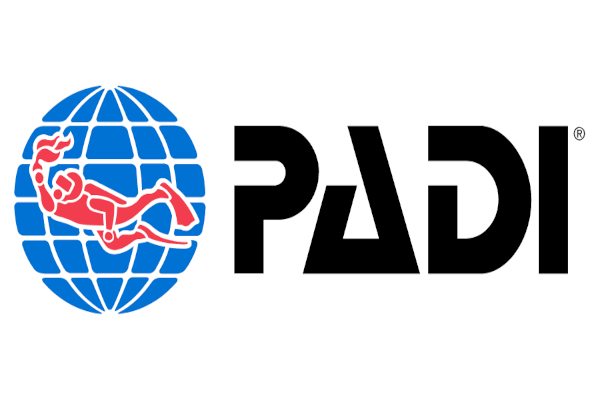
During the completion of the PADI advanced diver course it is required to complete 5 adventures. One of these adventures is the Peak Performance Buoyancy.
One of the manual chapters and one of the dives are completely dedicated to this topic. However, if you still do not want to take the PADI advanced diver course but want to improve your buoyancy, you can take the specialty course.
To read more about padi click here
PADI Peak Performance Buoyancy Specialty Course
Without a doubt, the best way to improve buoyancy techniques is through adequate training and for this PADI has designed the Peak Performance Buoyancy course.
In order to take this course you must be a certified Open Water Diver or have a similar certification from another diving organization.
In this course you will learn:
- You will dive with the right ballast
- You will reduce air consumption and achieve longer dives
- You will reach neutral buoyancy
- You will float motionless effortlessly
First you must complete a small theoretical course which is available on the PADI online platform. You can do it at your own pace and it takes approximately 2-4 hours to complete. If you have any questions during the development of this section, you can contact us and we will assist you.
Once you have completed the theoretical part, you will do a practice in the water with a certified instructor. In this practice together you will determine the ballast you need and where to place it.
The ballast is what gives stability to achieve a more hydrodynamic position of the body.
Over two dives you will fine-tune your weight with buoyancy checks and master neutral buoyancy with in-water practice.
This course can be validated as part of the PADI Advanced Diver license.
If you are interested in other diving lessons in Costa Rica, click here
Practicing neutral buoyancy in diving makes perfect
Controlling neutral buoyancy is a skill that is learned more easily through good training. However, once the knowledge is acquired, it is very important to practice frequently and in different conditions.
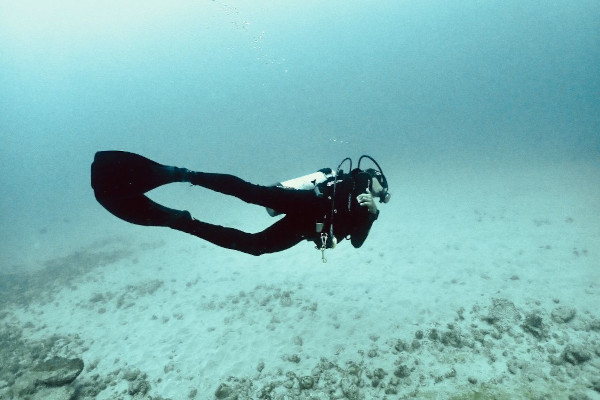
With every hour you spend underwater, you will notice your buoyancy control increase rapidly.
At some point you will reach a point where you will control your buoyancy basically with your breath. Just by thinking about it you can go up and down. At that moment you will know that you have achieved it.
Neutral buoyancy in diving: Brief summary
Neutral buoyancy is very important for safe diving and for enjoying better dives. Having a good buoyancy has many advantages and generates a lot of satisfaction.
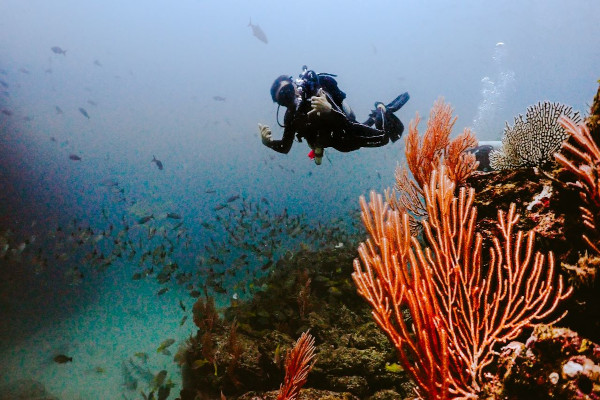
Training is the basis for achieving good buoyancy. Although with practice it is possible that you will achieve it in the same way, it will be easier for you to achieve excellent buoyancy from the hand of an instructor.
Once you master excellent buoyancy it is very important to practice and keep diving on a regular basis.
If you have any questions or comments do not hesitate to contact us: www.costaricadiveandsurf.com
